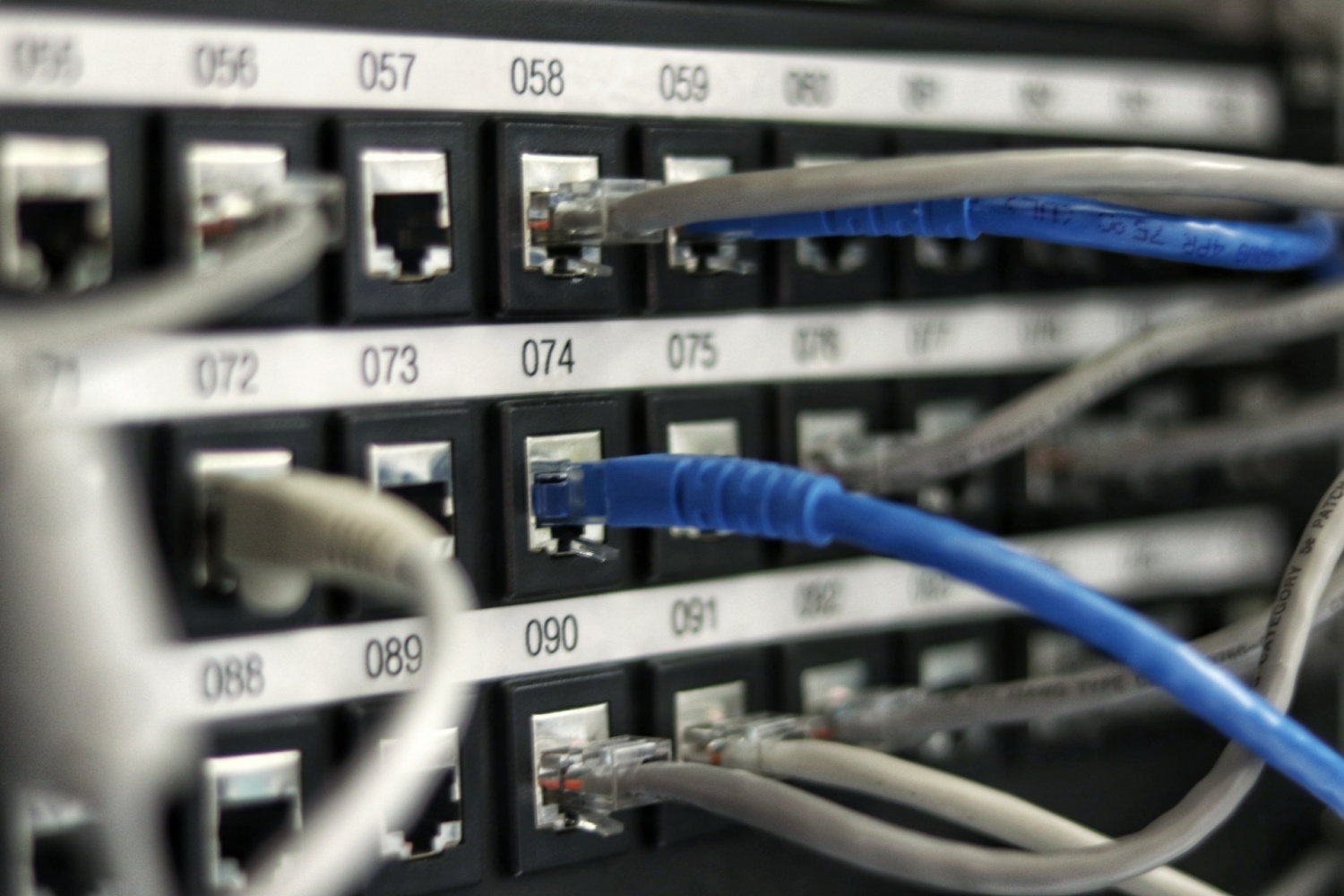
SASE took the stage while the digital world was still musing over SD-WAN.
Software-Defined Wide Area Network (SD-WAN) has been the choice of most businesses for some years before the birth of SASE due to its comprehensive operational and economic advantage. It broadens software-defined networking (SDN) into a qualitative application for building a smart hybrid WAN.
The SD-WAN Definition
Software-Defined Wide Area Network (SD-WAN) is a networking architecture that merges traditional WAN with software-defined networking concepts to promote better network operations and traffic routing.
SD-WAN functions as a network that is developed over another network. It gets the required help from that network's infrastructure to distinguish between the underlying infrastructure and network services.
The SD-WAN's overlay is constructed over an active Wide Area Network WAN connection in the organization to enhance data flow within the network.
An organization's IT team is tasked with the SD-WAN management functions and how it is optimized through a centralized controller that transacts policy information and data to devices connected to it.
The SASE Definition
Gartner's Secure Access Service Edge (SASE) is a developing network architecture that aims to simplify networking management by converging critical network and security services - SaaS, FWaaS, SWG, etc., - into a single cloud service.
In 2019, Gartner analysts defined SASE as a network security architecture that prescribes the transformation of network connectivity and security technologies into one cloud-native platform to foster secure and rapid cloud transformation. The quality of merging network security with networking helps combat the issues bedeviling workforce mobility, digital business transformation, and edge computing.
SASE operates nearer to end-users and speeds up the delivery of traffic routing better than traditional network models.
Unlike SD-WAN, which focuses on connecting a company's data center to an on-site location, SASE concentrates on end-user devices and endpoints. Its traffic inspection emerges at diverse global points of presence (PoPs) instead of routing traffic to the data center as SD-WAN.
More on SASE: https://nordlayer.com/sase/.
Additionally, SASE is easier to use, simplifies managing features for IT teams, and boosts network security. There are some major differences between SASE and SD-WAN you should know.
1. Network Security
While many businesses highly considered SD-WAN, it didn't prioritize security. SASE, on the other hand, has enhanced built-in security features.
SASE also gulps down many SD-WAN's privileges, such as management, simplicity, and scalability. It combines them with additional benefits in a single, well-secured cloud-based platform.
To enjoy security capabilities with SD-WAN, SD-WAN vendors often need to collaborate with security dealers to offer more integrated security services to complement the SD-WAN offerings. The SD-WAN can become costlier to incorporate the needed security through other vendors with these additional provisions.
2. Deployment Method
In terms of deployment, SD-WAN can be deployed through physical, cloud, or software connections, depending on the demands of the IT team. Still, SASE is solely a cloud-delivering network security framework.
Organizations with SD-WAN often have to deliver it at each office location to aid access to their data center resources. The variations in the deployment of these network components also mean variations in their architectures.
SD-WAN constructs a network overlay through cloud-based vendor services, physical appliances, or software vendor services. But SASE distributes better through cloud services. SD-WAN also implements the traditional networking notion requiring that infrastructure centers be around data centers.
3. Required Expertise Level
The traditional, siloed network teams better operate the SD-WAN management since it evolves the WAN technology. It mainly requires networking skills to be properly employed.
On the other hand, SASE involves cloud, networking, and security technologies - requiring a higher expertise level.
4. Connectivity and Traffic
SD-WAN and SASE are not of the same architecture. Hence, their method of handling traffic differs from each other. SD-WAN concentrates more on connecting office locations gaining access to data center resources in line with network policies that determine traffic routes from edge to edge via data centers.
SASE concentrates on cloud domains and links each endpoint to the service edge. With its cloud-based feature, traffic backhauling via data centers is needless with SASE. It rather delivers traffic through PoPs distributed around the globe. These PoPs monitor traffic and deliver them over the internet.
5. Remote Access
SASE has more built-in remote features than SD-WAN in terms of remote capabilities. Organizations that stick solely to SD-WAN will have to enhance their remote access through third-party remote services. Hence, SD-WAN appears costlier in terms of remote access.
Organizations that choose to leverage SD-WAN to connect remote workers would likely have to offer the service to only a few employees instead of the entire remote staff.





